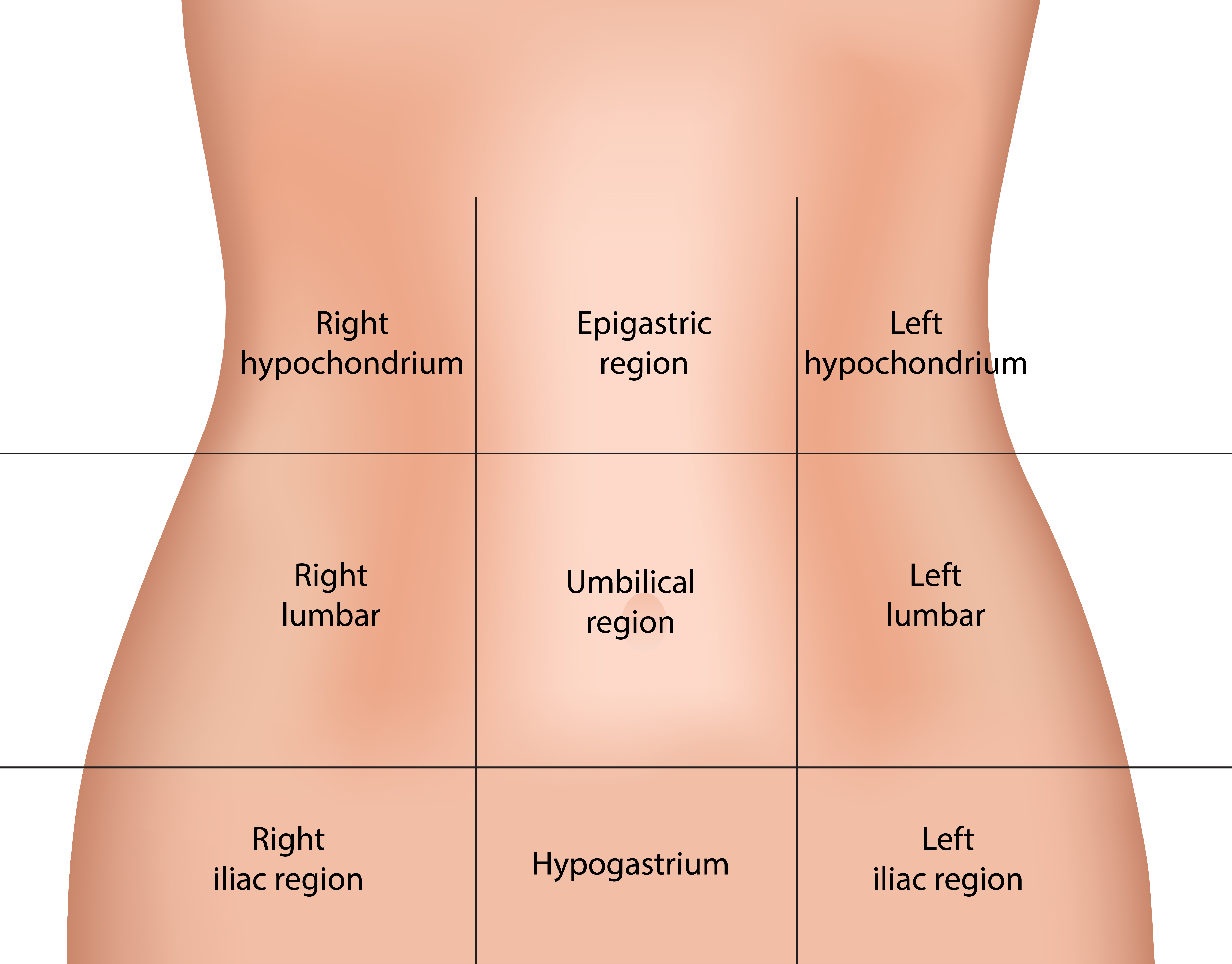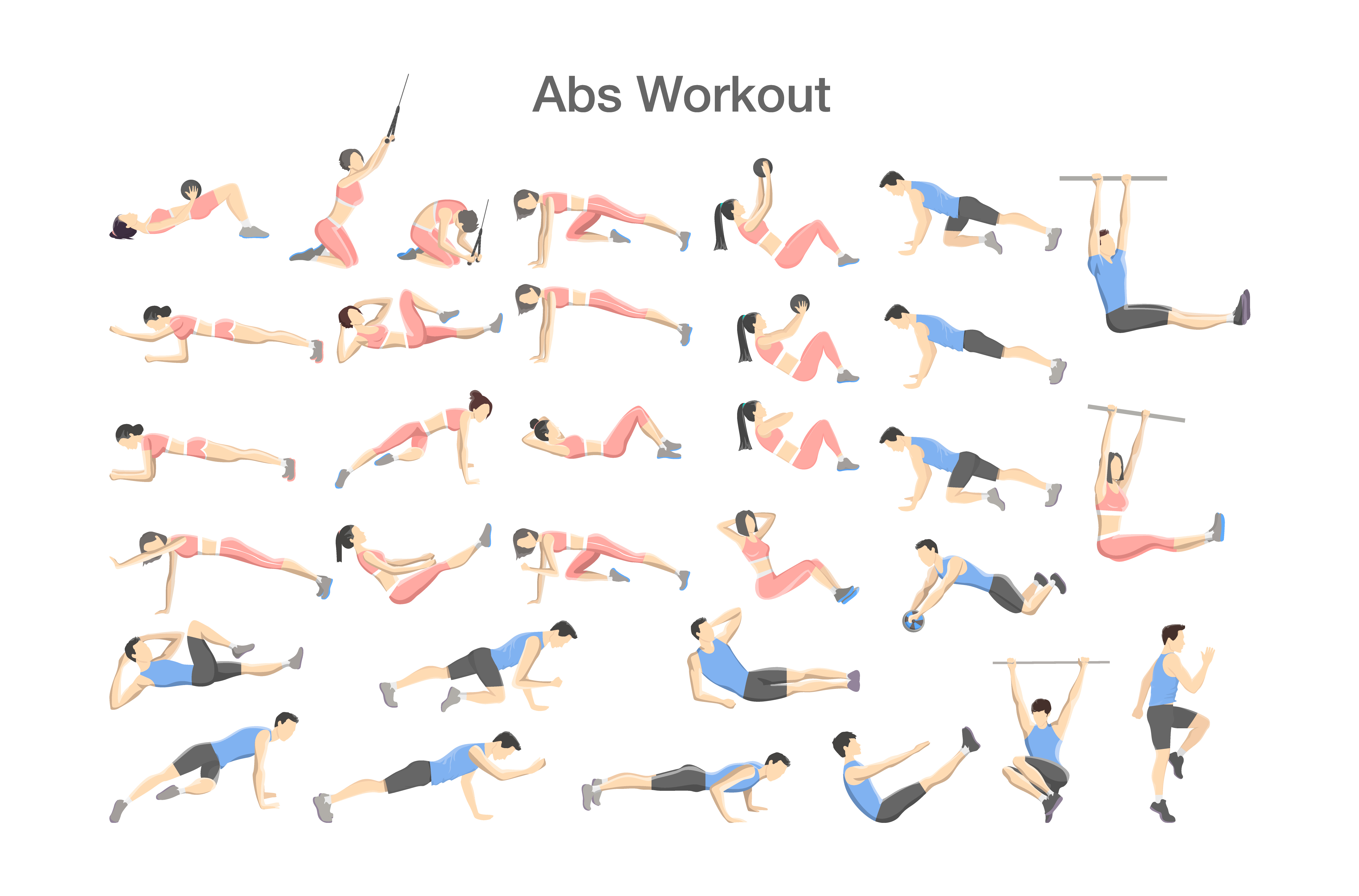Effective training on the abdomen does not consist in repeating one exercise. So how to reasonably plan abdominal muscle exercises? Learn the basics, which include concentric and eccentric movements, providing the greatest belly hypertrophy. Practicing, remember that the shortest distance between the chest and the pelvis plays the key role. How to do effective abdominal training? See more in the article.
Anatomy of the abdomen
Getting to know the anatomy of the abdominal musclesis crucial for understanding how the muscles of our body work. They act as a body stabilizer and help maintain a correct posture. That is why good abdominal exercises will include movements in all directions. You will only build your dream ABS when the workout covers all muscles in a balanced way. It stands out among the abdominal muscles
Straight abdominal muscle - extends from the sternum to the pubic bone. It is a large, flat and strong muscle, which focuses the training of many people who perform large amounts of crunches. He is responsible for the famous cube of the six-pack. When arranging the training,it is worth distinguishing the lower and upper part of the straight muscle;
Oblique muscles - as the name suggests, are located on the sides of the torso. They are responsible for the power of rotation that comes out of the activity of the whole body, eg during tennis strokes. It is worth noting that abdominal oblique muscles are divided into visible - external (characterized by a pelvis) and internal, which stabilize the body during movement;
Transverse muscle - is referred to as a muscular corset. Deeply located, it is responsible for stabilizing the entire body. Its appropriate extension is responsible for both leveling the pain of the lumbar region and flattening the abdomen.

How to train your abdomen properly?
Training of the abdominal muscles in the gym - just like other muscle parts - should consist of multi-joint exercises. Numerous analyzes of muscle activity have shown that it is the movements, i.e. deadlift and sit, that greatly activate the body. Although many people bet on doing only exercises isolated on the abdomen - most often crunches - which performed separately will not bring the desired results. For this reason, the plan based on making only as many slopes and shortcuts has no chance of success.
The rules of abdominal training
What principles should one focus on when training the abdomen?
- Do an abdominal workout together with another party in which he participated
- Do not train ABS everyday
- Do not base the abdomen training plan on one exercise
- Stretch your deep muscles
- Abdominal training, eg with dumbbells, barbells and kettles, will be a great way to add weight to your activity
- Remember that the abdomen is the same muscle part as the other. It needs diversified training and prevent routine
Abdominal training - weight, repetition and technique
The intensity of abdominal training should be strictly adjusted to the abilities of the exerciser. If you have not previously trained, first strengthen the body stabilizers that will keep the body still during exercise. Here the exercises without load, i.e. planks, work great. At a later stage, you can decide to increase the volume of abdominal training, eg by adding exercises with dumbbells or machines. When choosing a load, try to allow it to perform 8 - 15 repetitions with regard to the correct technique. When exercising on the abdomen should be avoided
- pulling the neck forward, e.g. when doing crunches,
- too many exercises are done - 3-4 exercises for different parts of the abdomen are enough.
How many times a week do you abdomen?
It is worth realizing that the effective way to abdomen does not include his daily training.
It is recommended to train this musclegroup 2 - 3 times a week, preferably in combination with previous training of the larger party during which polyarticular movements were performed. This is the frequency appropriate for moderate training difficulty.
As the intensity of the exercise increases, the regeneration process should be extended.
It is worth noting that good practice when working on the abdominal muscles is the introduction to activity, i.e. tabata, intervals and other aerobic activity. This approach will allow you to get a calorific deficit.
The best exercises for the abdomen. Best abdominal exercises.
- Raises of the legs to the chin in the hanging bar
- Torso twists with hands over heads
- Russian twist
- Plank classic / plank sideways
- Crunches on a fitness ball

Effective belly training
Effective abdominal training focused on muscle development, i.e. their hypertrophy, will include
- variation in exercises
- training in full stretch
This is most often lacking in the popular isometric training and movements focused only on the concentric phase. Complete abdominal training is recommended for post-workout exercise including multi-joint exercises, e.g. legs or back.






